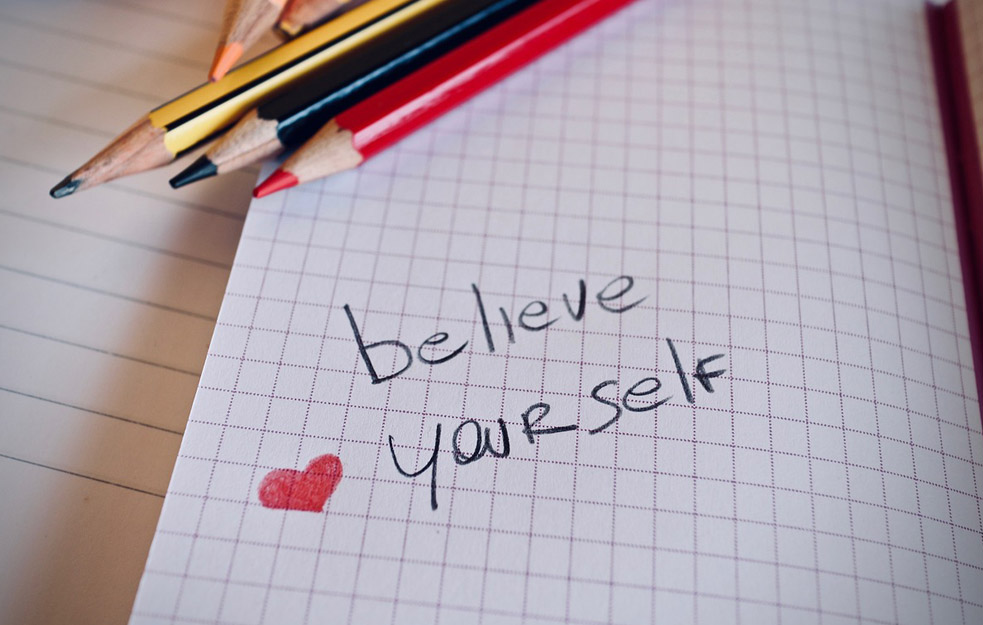Is Yoga a sin
The practice of yoga has been around for thousands of years, yet it is still a source of debate and controversy. While the ancient practice of yoga is rooted in meditation and spirituality, some people view it as a sin due to its connection to Eastern religions. For others, however, yoga can be an effective form of exercise and physical therapy that doesnt necessarily need to conflict with ones be
Exploring the debate on yoga
The debate on the practice of yoga has been ongoing for centuries. It is seen by some as a spiritual activity, while others have come to embrace it as an effective form of exercise and physical therapy. This wide range of opinion has led to various interpretations of what is considered acceptable within different religions.
Yoga encompasses many techniques that can be applied in various ways, such as breath control, relaxation methods, concentration exercises and physical poses which are meant to cultivate mindfulness and increase awareness. Additionally, many practitioners use it as a means for self-expression and exploration into personal values.
Though viewed differently by those who practice it in India versus the West - where the focus has shifted more towards its physical aspects - both seek harmony through contemplation, discipline and exertion. For this reason, individuals should explore different schools of thought before fully committing to any particular path if they wish to find a type of yoga that fits their lifestyle best.
Regardless of why someone chooses to practice yoga – whether spiritual or physical – there is something valuable that can be gained from this ancient practice with an open mind and respect for ones beliefs. As such, the debate over its efficacy continues even today as we strive to understand its true potential for providing inner peace and balance both mentally and physically.
Прикажи ову објаву у апликацији Instagram
The different schools of thought
Yoga is an ancient practice with a rich and complex history. It has been embraced by many religions, such as Hinduism, Buddhism, Jainism, and Sikhism, who view it as a pathway to inner peace and enlightenment that can be attained through physical postures and meditation.
In recent years, yoga has gained in popularity throughout the Western world due to its ability to provide physical fitness benefits. From magazines to television shows, this form of yoga is often promoted as a way to help improve the body without having any spiritual implications.
Individuals should be aware of these different schools of thought when selecting which type of yoga best suits their needs. Whether opting for traditional or modern approaches depends upon ones personal objectives and preferences. There are advantages to taking both western-style physical health strategies and eastern spiritual philosophies into consideration in order to gain maximum benefit from one’s practice while staying true to oneself.
A holistic approach to understanding yoga may bring balance between body and mind while still honoring its venerable origins. By looking into all available options - both old and new - individuals can customize their own experience for optimal success in their journeys towards self-improvement inside out.
Прикажи ову објаву у апликацији Instagram
A closer look at yogas history
Yoga has been an integral part of Indian culture since ancient times, and its origins go back to the Vedic period (1500-500 BCE). The practice was first mentioned in the Rig Veda, one of India’s oldest religious scriptures. Yoga was seen as a way to achieve inner peace and enlightenment by connecting body and soul.
Throughout history, yoga has been interpreted in different ways depending on the region or time period. In the modern era, two main schools of thought have emerged: traditional yoga, which is based on ancient teachings; and modern yoga, which uses postures to improve fitness and health.
In 1893, Swami Vivekananda introduced yoga to the West during his visit to Chicago for the World Parliament of Religions. His teachings brought Hinduism into mainstream consciousness in Europe and America, and this helped popularize yoga as a form of physical exercise rather than a spiritual practice.
Today’s approach to yoga reflects many aspects from its ancient roots while also creating new opportunities for personal growth. It can be used for physical fitness, relaxation techniques such as meditation or pranayama breathing exercises, or even spiritual development. Each individual should find their own path towards balance between body and mind with guidance from experienced teachers who understand all aspects of yoga.
The modern practice of yoga and its relationship to religion
The modern practice of yoga has become a widely accepted form of exercise and meditation for millions around the world. While the physical postures are at the core of most practices, many people also use it as a religious expression. This has caused controversy in some circles, who view any type of yoga as a sin or contrary to their beliefs.
Religious interpretations of yoga vary widely depending on ones faith background. Some sects view it as incompatible with their beliefs and forbid its practice, while others embrace it with open arms. Many non-religious practitioners see it as an important tool for self-development and spiritual growth and are unbothered by its religious implications.
The debate over whether or not yoga is sinful continues today, with both sides bringing up valid points about its history and application in different cultures. For example, some argue that certain poses have been used in Hindu worship since ancient times and should be left out of modern yogic practice, while others say that yoga can be practiced without necessarily endorsing any particular religion or belief system.
Ultimately, there is no single answer to this question - it depends on ones interpretation and experience with yoga practice. It is important to do your own research into different schools of thought to find what resonates best with you personally before deciding if yoga is something you would like to explore further or avoid altogether based on your own beliefs.
Прикажи ову објаву у апликацији Instagram
Conclusion: What does this mean for you?
Conclusion: What does this mean for you?
The debate surrounding yoga can be a complex and confusing one, but it doesnt have to be. No matter your beliefs or lifestyle, there is likely a type of yoga practice that fits with them. Its important to research different schools of thought to ensure youre getting the most out of your practice. Additionally, it’s important to remember that there are many cultural contexts to consider when engaging in yoga, and that you should tailor your practice accordingly.
Ultimately, the decision as to which type of yoga best suits you lies with you. If necessary, look for a teacher or mentor who can guide you through the process and help identify which practices will work best for your individual needs. When done correctly, yoga can be a powerful tool for self-development and cultivating inner peace. With the right approach and research into different schools of thought, anyone can engage in an effective yoga practice regardless of their beliefs or lifestyle.

















